Home>Storage Ideas>Living Room Storage>How To Clean A Concrete Patio To Remove Tough Stains
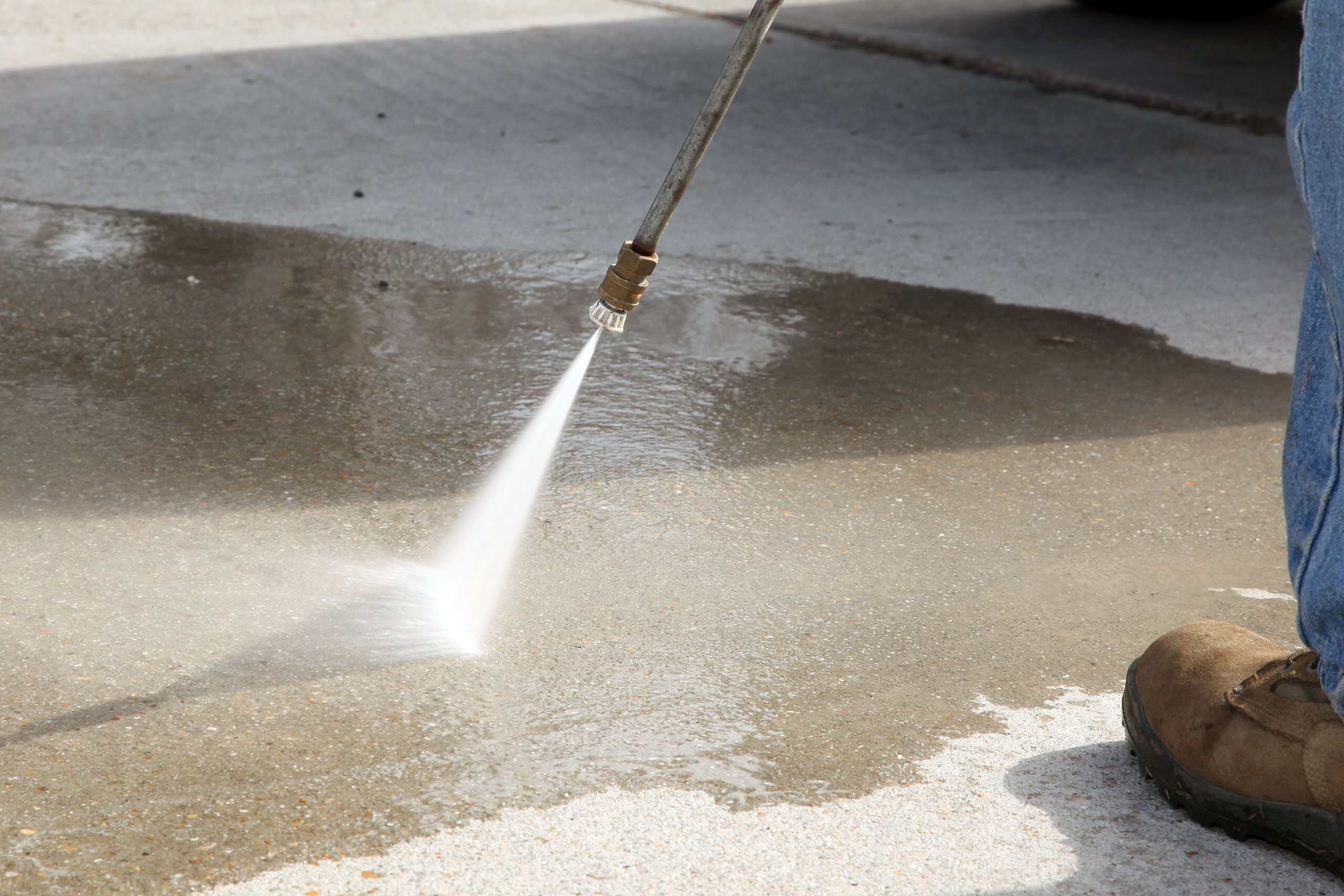

Living Room Storage
How To Clean A Concrete Patio To Remove Tough Stains
Modified: January 9, 2024
Learn the best techniques and tips for effectively cleaning your concrete patio to eliminate stubborn stains. Enhance your outdoor space with our living room storage solutions and keep it looking fresh and inviting.
(Many of the links in this article redirect to a specific reviewed product. Your purchase of these products through affiliate links helps to generate commission for Storables.com, at no extra cost. Learn more)
Introduction
A concrete patio can be a beautiful addition to any outdoor space, providing a durable and versatile surface that can withstand the elements. However, over time, dirt, grime, and tough stains can accumulate, tarnishing its appearance. If you’re looking to restore your concrete patio to its former glory, this comprehensive guide will walk you through the process of cleaning and removing tough stains.
Gone are the days of relinquishing your beloved patio to unsightly stains. With a little elbow grease and the right tools, you can easily tackle common stains like dirt, oil, rust, and even mold and mildew. Furthermore, we’ll explore additional steps such as pressure washing and sealing the concrete to ensure your patio remains pristine for years to come.
Before diving into the cleaning process, however, it’s important to gather the necessary materials. Having the right tools on hand will make the task much more efficient and effective. Let’s see what you’ll need.
Key Takeaways:
- Restore your concrete patio to its former glory by gathering the right tools, prepping the area, and tackling common stains like dirt, oil, rust, and mold with effective cleaning techniques.
- Protect and maintain your concrete patio by pressure washing, sealing the surface, and addressing stubborn or deep-set stains with specialized methods, ensuring a pristine outdoor space for years to come.
Gathering the Necessary Materials
Before you begin the process of cleaning your concrete patio, it’s important to gather the necessary materials to ensure a successful outcome. Here are the essential tools and supplies you’ll need:
- Broom: A sturdy broom with stiff bristles will help you remove loose debris and dirt from the surface of the patio.
- Scrub brush: Choose a brush with durable bristles to aid in the removal of tough stains.
- Hose: A garden hose with a spray nozzle will be used for rinsing the patio during and after the cleaning process.
- Bucket: A large bucket will come in handy to mix cleaning solutions and carry water for rinsing.
- Detergent or concrete cleaner: Depending on the type and severity of the stains, you may need a mild detergent or a specialized concrete cleaner. Check the label to ensure it is suitable for use on concrete surfaces.
- Bleach: If you’re dealing with stubborn mold or mildew stains, bleach can be an effective solution. However, exercise caution and follow the instructions carefully, as bleach can be harmful if not used properly.
- Protective gear: It’s important to prioritize safety while cleaning. Wear rubber gloves, safety goggles, and old clothing to protect your skin and eyes from any potential hazards.
- Pressure washer (optional): If you have access to a pressure washer, it can be a powerful tool for removing stubborn stains and ingrained dirt. However, it’s not essential, as hand scrubbing can also be effective.
- Concrete sealer: Once your patio is clean and dry, you may want to apply a concrete sealer to protect it from future stains and damage. Choose a sealer appropriate for outdoor use and follow the manufacturer’s instructions.
By gathering these materials before you begin, you’ll save time and ensure a smooth cleaning process. Now that you’re equipped with all the necessary tools, it’s time to prepare the patio for cleaning. Let’s move on to the next step.
Preparing the Patio for Cleaning
Before you dive into removing tough stains from your concrete patio, it’s important to properly prepare the area. This will ensure that the cleaning process is more effective and that no additional damage occurs. Follow these steps to prepare your patio for cleaning:
- Clear the area: Remove any furniture, potted plants, or obstacles from the patio. This will not only make it easier to clean but also prevent any potential damage to your belongings.
- Sweep the surface: Use a broom with stiff bristles to thoroughly sweep the patio surface. This will remove loose dirt, leaves, or debris that may be present.
- Pre-treat stains: Take note of any specific stains on the patio surface, such as oil spots, rust stains, or mold. Pre-treating these stains with a suitable cleaner or detergent will help loosen them before the cleaning process begins.
- Wet the surface: Once the patio is clear of debris, hose down the entire surface with water. This will dampen the concrete and make it more receptive to cleaning products.
- Protect adjacent surfaces: If your patio is surrounded by delicate plants or surfaces that could be affected by the cleaning solutions, consider placing a tarp or plastic sheeting to protect them from potential overspray or runoff.
- Put on protective gear: Before you start applying any cleaning solutions, make sure to put on rubber gloves, safety goggles, and old clothing. This will protect you from any potential splashes or spills.
By carefully preparing your patio before cleaning, you will maximize the effectiveness of your cleaning efforts and minimize any potential damage. Once the area is prepped and ready to go, it’s time to tackle those tough stains. In the following sections, we’ll dive into specific techniques for removing common stains such as dirt, oil, rust, mold, and more. Let’s get started!
Removing Common Stains
Concrete patios are prone to accumulating various types of stains over time. Luckily, most common stains can be effectively removed with the right cleaning techniques. Here is how you can tackle some of the most common stains:
- Dirt and grime: Start by sweeping the patio to remove loose dirt and debris. Mix a mild detergent or a concrete cleaner with water in a bucket according to the manufacturer’s instructions. Apply the solution to the stained areas and scrub with a sturdy brush. Rinse the area thoroughly with water.
- Food and beverage stains: Blot up any excess spill immediately. Next, create a paste using equal parts baking soda and water. Apply the paste to the stained area, gently scrub with a brush, and let it sit for 15-20 minutes. Rinse the area with water and repeat if necessary.
- Leaf stains: Fall leaves can leave behind stubborn stains. To remove them, sweep the patio and then scrub the stained areas with a mixture of water and mild detergent. Rinse the area thoroughly to remove any soap residue.
- Mud stains: Allow the mud to dry completely and then scrape off any excess with a plastic scraper or a spatula. Mix a solution of warm water and mild detergent, apply it to the stained area, and scrub with a brush. Rinse with water until clean.
- Water stains: Water stains can occur due to mineral deposits. Create a mixture of equal parts white vinegar and water and apply it to the stains. Let the solution sit for a few minutes, scrub with a brush, and rinse with water.
Remember to always test any cleaning solution on a small, inconspicuous area of your patio before applying it to larger sections. This will help ensure that the solution does not damage or discolor the concrete.
By following these tips, you can effectively remove common stains from your concrete patio. However, there are some specific types of stains that require different techniques. In the following sections, we’ll delve into how to remove oil and grease stains, rust stains, as well as how to deal with mold and mildew. Let’s continue!
Removing Oil and Grease Stains
Oil and grease stains are some of the most stubborn and unsightly stains that can mar the appearance of your concrete patio. Fortunately, with the right approach, you can effectively remove these stains. Here’s what you need to do:
- Act quickly: If you notice an oil or grease spill on your patio, act quickly to prevent the stain from setting. Absorb any excess oil or grease with paper towels or rags.
- Create a cleaning solution: Mix a strong degreaser or concrete cleaner with hot water in a bucket. Follow the manufacturer’s instructions for the appropriate dilution ratio.
- Apply the cleaning solution: Pour the cleaning solution directly onto the oil or grease stain. Use a scrub brush to agitate the area and work the cleaner into the stain.
- Let it sit: Allow the cleaning solution to sit on the stain for 15-20 minutes. This will give it time to break down the oil or grease.
- Scrub and rinse: Use the scrub brush to vigorously scrub the stained area in circular motions. Rinse the area thoroughly with hot water to remove all residue.
- Repeat if necessary: For particularly stubborn stains, you may need to repeat the process to completely remove the oil or grease. Be patient and persistent.
It’s worth noting that older and deeply penetrated oil or grease stains may require more extensive measures, such as using a poultice or specialty oil stain remover. Consult with a professional or refer to specific product instructions for these situations.
Once you’ve successfully removed the oil or grease stains, it’s important to clean the surrounding areas as well to maintain a uniform appearance. Regularly sweeping and cleaning your patio can also help prevent future stains from occurring.
Now that you’ve conquered the challenge of removing oil and grease stains, let’s move on to tackling another common problem: rust stains. Read on to learn more!
Read more: How To Remove Tough Stains In Toilet Bowl
Tackling Rust Stains
Rust stains on your concrete patio can be a frustrating eyesore, but with the right techniques, you can effectively remove them. Here’s how to tackle rust stains:
- Gather the necessary materials: You will need a rust stain remover specifically designed for concrete surfaces. These products usually contain oxalic acid or other rust-fighting ingredients. Additionally, grab a scrub brush and protective gloves.
- Prep the area: Before applying the rust stain remover, dampen the stained area with water. This will help the product penetrate the stain more effectively.
- Apply the rust stain remover: Follow the instructions on the label of your chosen rust stain remover. Typically, you will need to pour or spray the product directly onto the stain.
- Scrub the stained area: Using a scrub brush, gently scrub the rust stain. Apply some pressure to remove the rust particles from the surface. Be careful not to scrub too aggressively, as this can damage the concrete.
- Allow the product to work: Let the rust stain remover sit on the stain for the recommended amount of time specified on the product’s label. This allows the solution to break down the rust and make it easier to remove.
- Rinse thoroughly: After the specified time has passed, rinse the area thoroughly with water. Make sure to remove all residue of the rust stain remover.
- Inspect and repeat if necessary: Once the patio is dry, inspect the area for any remaining rust stains. If the stain persists, you may need to repeat the process or try a different rust stain remover.
It’s important to note that rust stains can be challenging to remove, especially if they are deep-seated or have been present for a long time. If the stains persist despite your efforts, you may consider seeking professional help to restore the appearance of your patio.
Now that you know how to tackle rust stains on your concrete patio, let’s move on to addressing another common issue: mold and mildew. Read on to find out how to deal with these unwanted guests!
Use a mixture of water and dish soap to scrub the tough stains on your concrete patio. For extra stubborn stains, try using a solution of water and oxygen bleach. Always test in a small area first.
Dealing with Mold and Mildew
Mold and mildew can thrive in damp and shaded areas, making your concrete patio a prime target. Not only are they unsightly, but they can also pose health risks if left untreated. Here’s how you can effectively deal with mold and mildew on your patio:
- Protect yourself: Before tackling mold and mildew, put on protective gear including rubber gloves, safety goggles, and a mask to prevent inhaling any spores.
- Mix a cleaning solution: Create a mixture of one part bleach to four parts water. Bleach is a powerful disinfectant that can effectively kill mold and mildew.
- Apply the solution: Use a sponge or spray bottle to apply the bleach solution to the affected areas. Ensure the entire surface is covered and allow it to sit for 15-20 minutes.
- Scrub the area: Use a stiff-bristle brush or scrub brush to scrub the mold and mildew. Apply enough pressure to remove the growth, but be careful to avoid damaging the concrete surface.
- Rinse thoroughly: Rinse the area thoroughly with water to remove any residue of the cleaning solution and loosened mold and mildew.
- Prevent future growth: To discourage the growth of mold and mildew, make sure the patio is well-ventilated and expose it to sunlight whenever possible. Also, regularly clean the patio to remove any organic matter that can promote mold and mildew growth.
It’s important to note that while bleach is effective at killing mold and mildew, it may cause discoloration on some concrete surfaces. Always test the solution on a small, inconspicuous area first to ensure compatibility.
If you prefer to use natural methods to remove mold and mildew, an alternative solution can be a mixture of white vinegar and water. Apply it to the affected areas, let it sit for a few minutes, scrub, and rinse thoroughly.
By following these steps, you can effectively tackle mold and mildew on your concrete patio, ensuring a clean and healthy outdoor space for you and your family.
Now that you’re armed with knowledge on removing common stains, such as dirt, oil, grease, rust, and mold/mildew, it’s time to move on to more stubborn or deep-set stains. Keep reading to discover how to tackle these tougher stains on your concrete patio!
Removing Stubborn or Deep-Set Stains
Stubborn or deep-set stains require extra effort and specialized cleaning techniques to effectively remove them from your concrete patio. Here’s how you can tackle these tougher stains:
- Identify the stain: Before you begin the cleaning process, identify the type of stain you’re dealing with. Common stubborn or deep-set stains include paint, ink, gum, and even tire marks.
- Choose the appropriate method: Depending on the stain, different methods may be more effective. Some options include using a paint stripper for paint stains, a commercial graffiti remover for ink stains, freezing gum with ice to lift it off, and scrubbing tire marks with a degreaser.
- Follow product instructions: The specific product or method you’ll need to use will depend on the type of stain you’re dealing with. It’s important to carefully follow the instructions provided by the manufacturer to ensure safe and effective stain removal.
- Test on a small area: Before applying any products or using any methods, test them on a small, inconspicuous area of your concrete patio to ensure they don’t cause any damage or discoloration.
- Apply the stain remover: Use a brush or applicator to apply the stain remover directly to the affected area. Allow it to sit for the recommended amount of time as indicated on the product or method instructions.
- Scrub and rinse: Use a scrub brush or abrasive pad to scrub the area, applying moderate pressure. Repeat the process as needed until the stain starts to fade or is completely removed. Rinse the area thoroughly with water.
- Repeat if necessary: Stubborn or deep-set stains may require multiple attempts to completely remove. If the stain remains after the initial treatment, repeat the process until you achieve the desired results.
It’s important to note that some deep-set or stubborn stains may require professional assistance or specialized equipment. If your efforts don’t yield satisfactory results, consider consulting a professional concrete cleaner who can determine the best course of action.
Now that you’re armed with strategies for removing even the toughest stains, let’s explore how to effectively clean your entire patio using pressure washing techniques in the next section.
Pressure Washing the Patio
Pressure washing is a powerful technique that can efficiently clean and refresh your concrete patio. By using high-pressure water, you can effectively remove dirt, grime, and even some stubborn stains. Here’s how to pressure wash your patio:
- Prepare the pressure washer: Familiarize yourself with the manufacturer’s instructions for your specific pressure washer model. Ensure that it is in proper working condition and fill it with water.
- Choose the appropriate nozzle: Most pressure washers come with different nozzles or tips that control the intensity of the water spray. For cleaning concrete, a 25-degree or 40-degree nozzle is often suitable.
- Clear the patio: Remove any furniture, plants, or objects from the patio to ensure they’re not damaged or obstructed during the cleaning process.
- Pre-soak the patio: Use a garden hose to pre-soak the patio surface. This helps loosen dirt and debris, making it easier to clean with the pressure washer.
- Start pressure washing: Holding the pressure washer wand at a slight angle, start spraying the water across the patio surface in even, overlapping strokes. Keep the nozzle a safe distance away to prevent any damage to the concrete.
- Work in sections: To ensure thorough cleaning, work in small sections at a time. Pay attention to any stained or heavily soiled areas, spending more time on those spots.
- Use a gentle motion: Move the pressure washer wand in a steady, sweeping motion. Avoid using excessive force or staying in one spot for too long, as it may cause damage to the concrete surface.
- Rinse thoroughly: Once you’ve pressure washed the entire patio, use a garden hose to rinse off any remaining soap or debris. Start from the furthest end and work your way towards the nearest exit.
- Allow the patio to dry: Give your patio ample time to dry before placing furniture or walking on it. This will prevent any slipping or damage to the surface.
Pressure washing can be a highly effective method for cleaning your concrete patio, but it’s important to exercise caution. Improper use of a pressure washer can cause damage to the concrete or result in personal injury. Always follow the manufacturer’s instructions and take necessary safety precautions.
Now that your patio is clean and refreshed, it’s important to take steps to protect it from future stains and damage. Let’s move on to the final step: sealing the concrete.
Read more: How To Stamp And Stain A Concrete Patio
Sealing the Concrete
Sealing your concrete patio is a crucial step in preserving its appearance and enhancing its durability. By applying a concrete sealer, you can protect the surface from future stains, moisture, and damage caused by weathering. Here’s how to seal your concrete patio:
- Clean the patio: Ensure that your patio is thoroughly clean and free from any debris, stains, or residue before applying the sealer. This will ensure proper adhesion and a more effective seal.
- Choose the right sealer: There are various types of concrete sealers available, such as acrylic, epoxy, and penetrating sealers. Consider the specific needs of your patio, such as exposure to sunlight or heavy foot traffic, and select a sealer that best suits those requirements.
- Check the weather conditions: Ideally, the weather should be dry and moderate when applying a concrete sealer. Avoid sealing your patio on extremely hot or cold days, as extreme temperatures can affect the effectiveness of the sealer.
- Apply the sealer: Follow the manufacturer’s instructions for the specific sealer you’ve chosen. Use a paint roller or a sprayer to evenly apply the sealer onto the surface of the patio. Work in small sections to ensure thorough coverage.
- Allow the sealer to dry: Once you’ve applied the sealer, allow it to dry completely before placing any furniture or walking on the patio. This usually takes a few hours, but it’s recommended to wait at least 24 hours to ensure proper curing.
- Maintain the sealed patio: Regular maintenance is essential to prolong the life of your sealed concrete patio. Sweep regularly to remove dirt and debris, and clean any spills or stains promptly to prevent them from penetrating the sealer.
- Reapply the sealer: Over time, the sealer will wear down and become less effective. As a general guideline, plan to reapply the sealer every 2-3 years or as recommended by the manufacturer or concrete sealer professional.
Sealing your concrete patio not only enhances its appearance but also provides protection against stains, moisture, and potential damage. It’s an investment that can prolong the longevity of your patio and keep it looking great for years to come.
With a clean and sealed concrete patio, you can now enjoy your outdoor space to the fullest. Regular maintenance and cleaning will help to preserve its beauty and minimize future stains. So go ahead, invite friends over, and relax knowing that your patio is fresh and inviting.
Remember, the process may seem daunting at first, but with the right tools, materials, and a little bit of effort, you’ll have a beautiful and stain-free concrete patio that you can enjoy for years to come.
Happy cleaning!
Conclusion
A concrete patio can be a valuable addition to your outdoor living space. However, over time, it can become marred by stains and dirt, detracting from its overall beauty. Fortunately, with the right knowledge and techniques, you can restore your patio to its former glory.
In this comprehensive guide, we’ve covered everything you need to know about cleaning and maintaining your concrete patio. From gathering the necessary materials and preparing the patio for cleaning to removing common stains like dirt, oil, and rust, we’ve provided step-by-step instructions to help you achieve a spotless surface.
We’ve also addressed more challenging stains, such as mold and mildew, and explored the use of pressure washing to thoroughly clean your patio. Additionally, we covered the importance of sealing the concrete to protect it from future stains and damage.
Remember, regular maintenance is key in keeping your patio looking its best. Sweep away debris, promptly clean spills and stains, and follow a regular sealing schedule to prolong the life and beauty of your patio.
By using the techniques outlined in this guide and taking the time to care for your patio, you can create an inviting outdoor space that is both functional and aesthetically pleasing. So roll up your sleeves, gather your cleaning supplies, and get ready to enjoy a clean and beautiful concrete patio that you can be proud of.
With a little effort and the right approach, you can transform your concrete patio into a pristine oasis where you can relax, entertain guests, and make lasting memories. So go ahead, take the first step, and let the cleaning begin!
Frequently Asked Questions about How To Clean A Concrete Patio To Remove Tough Stains
Was this page helpful?
At Storables.com, we guarantee accurate and reliable information. Our content, validated by Expert Board Contributors, is crafted following stringent Editorial Policies. We're committed to providing you with well-researched, expert-backed insights for all your informational needs.
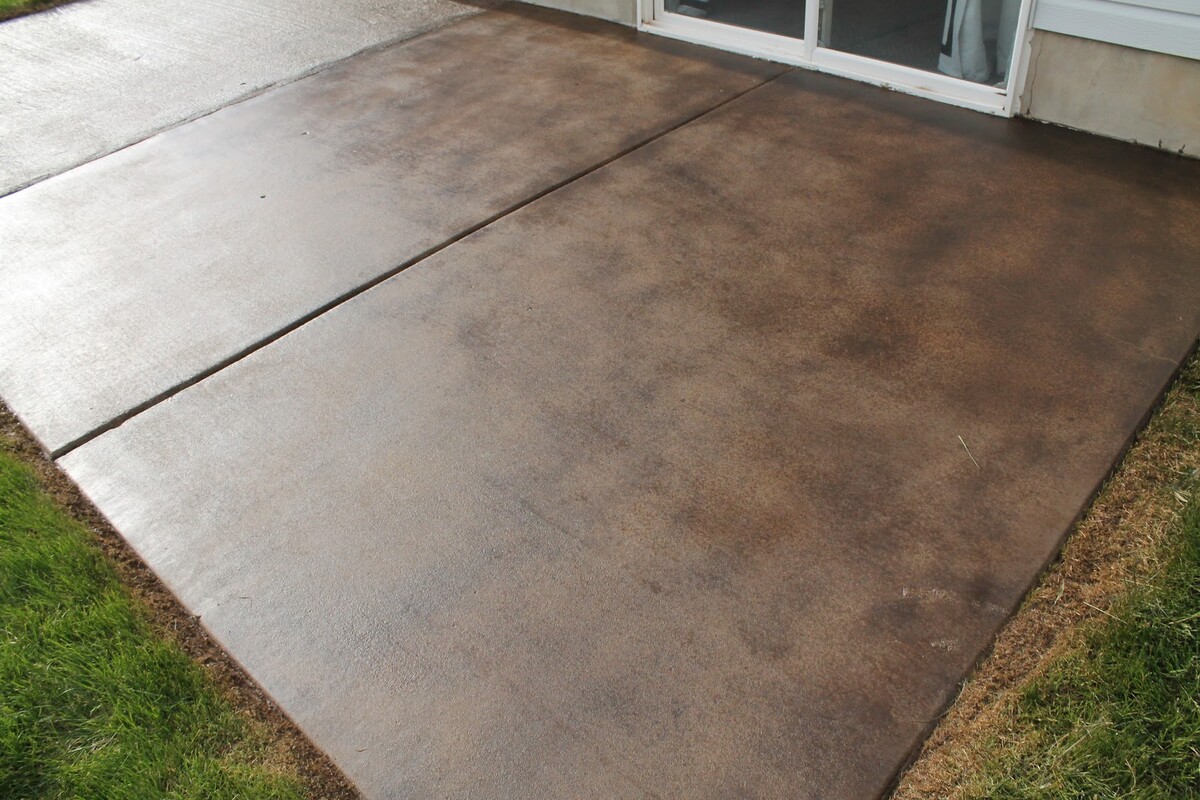
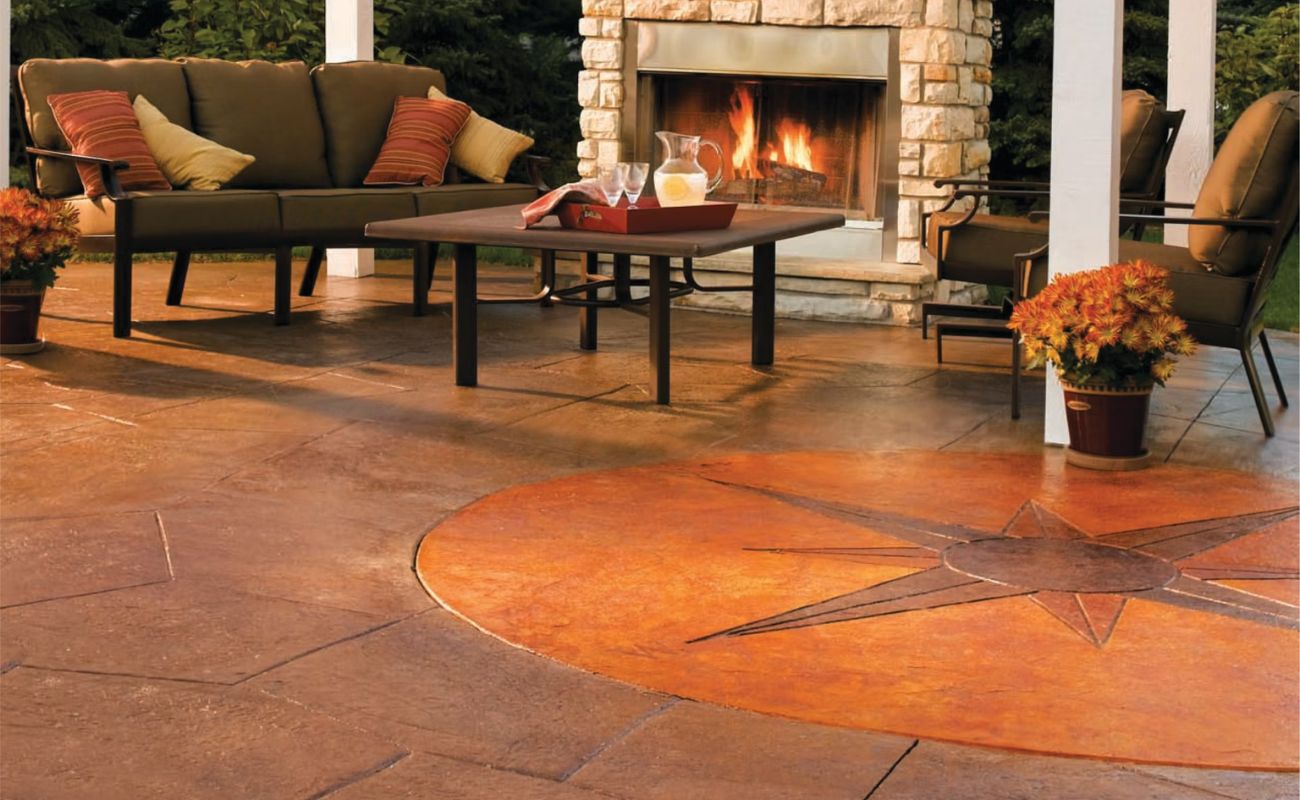
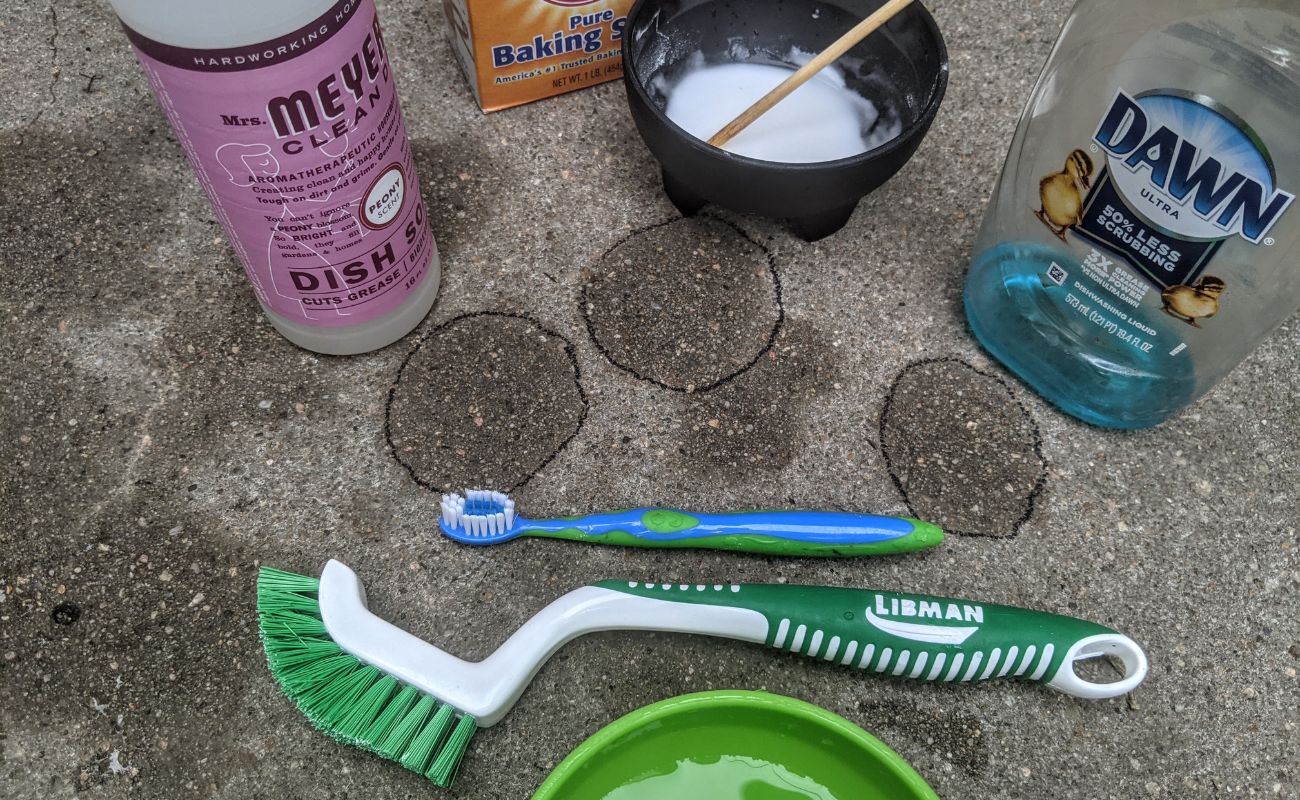
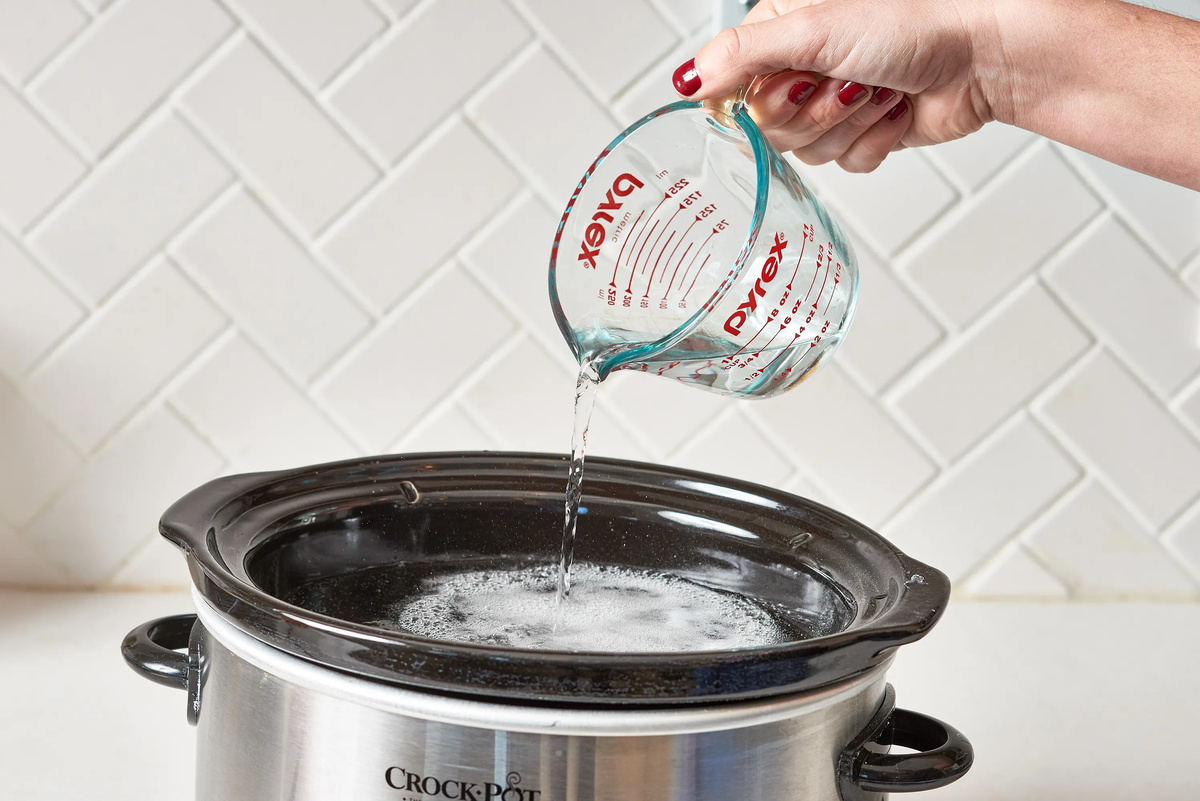
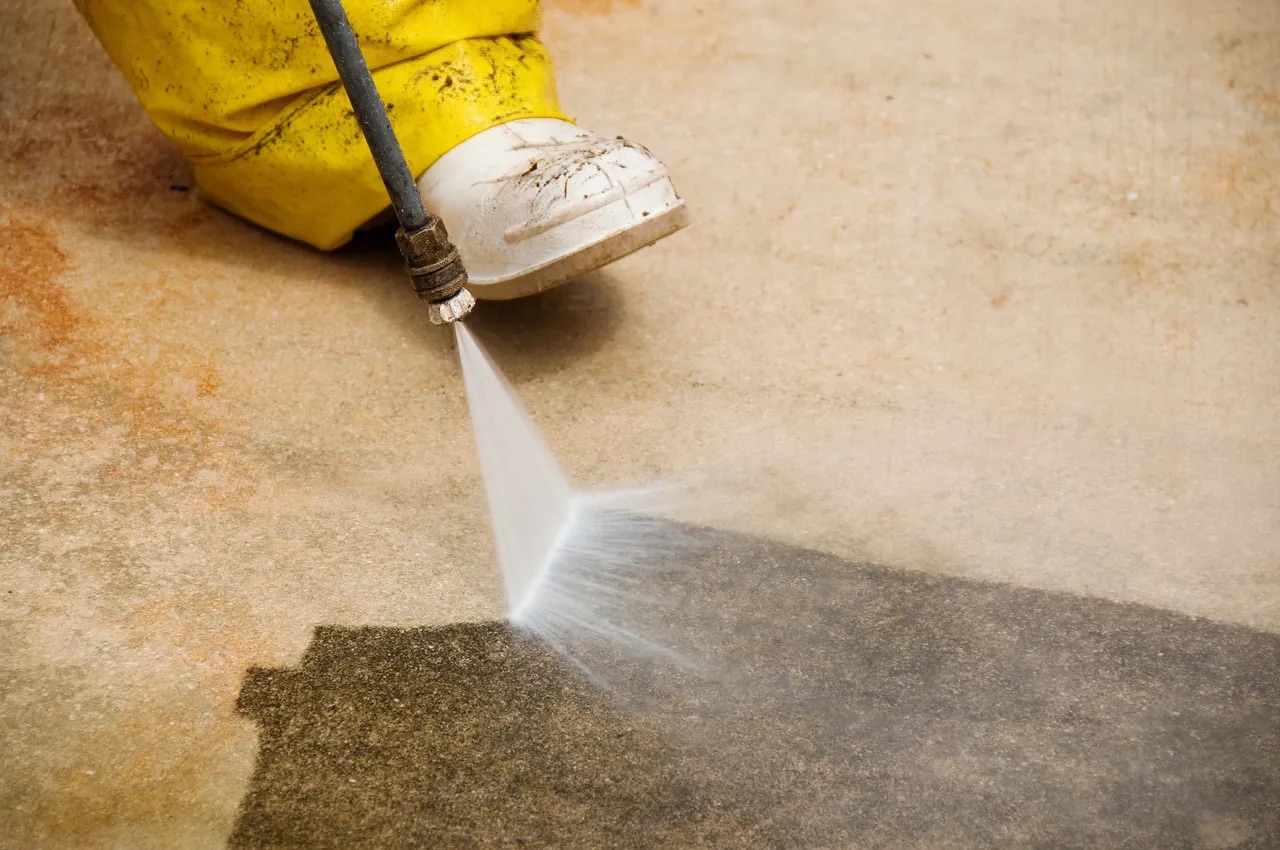
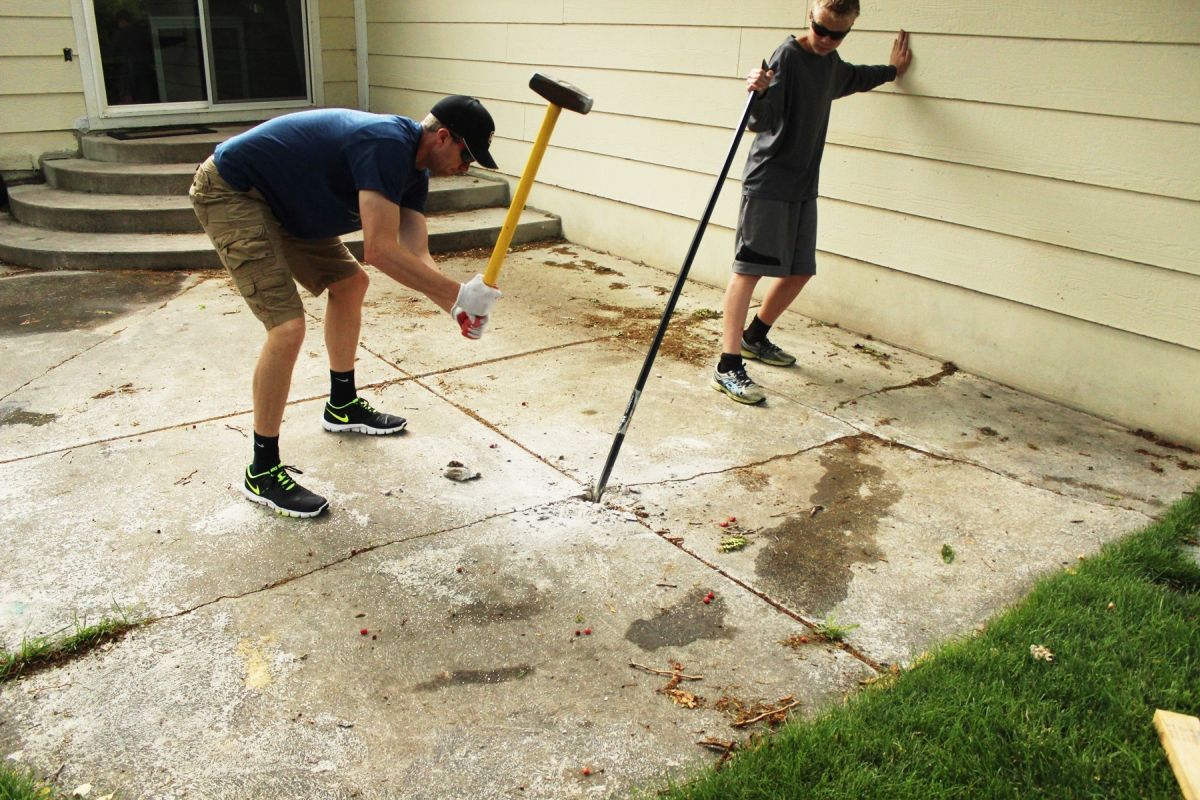
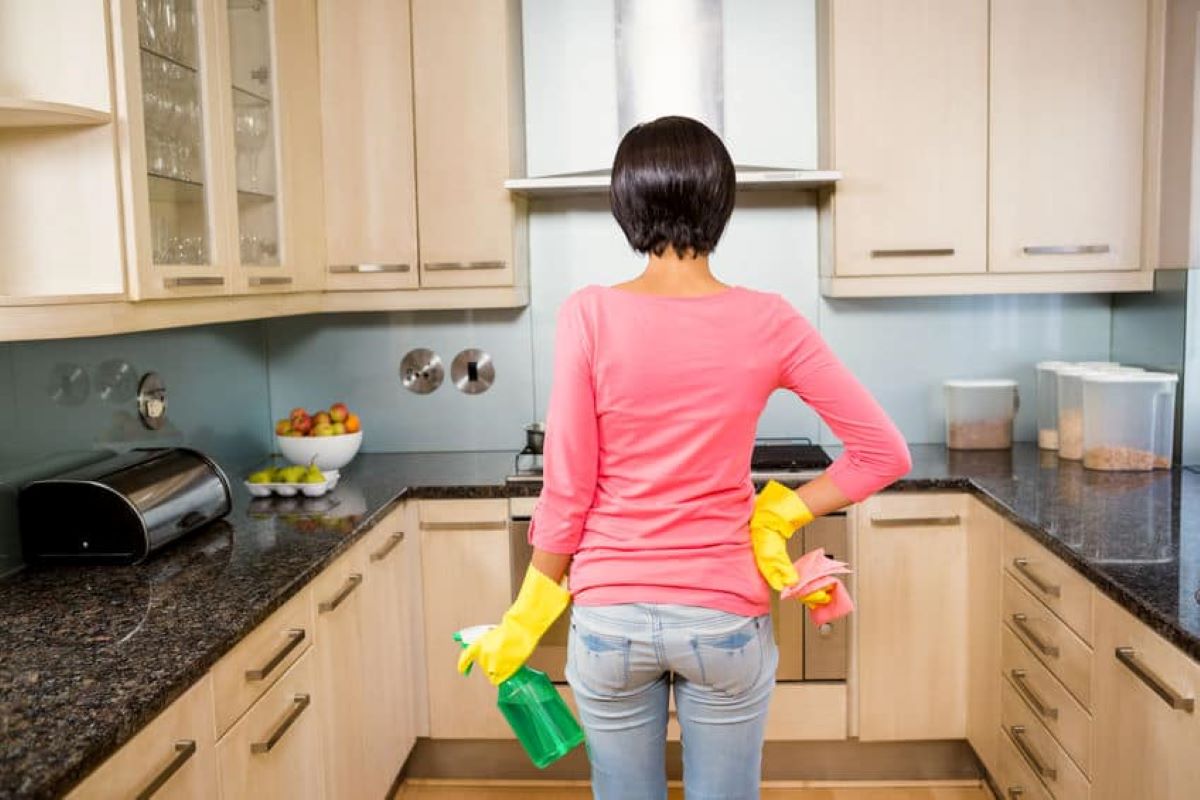
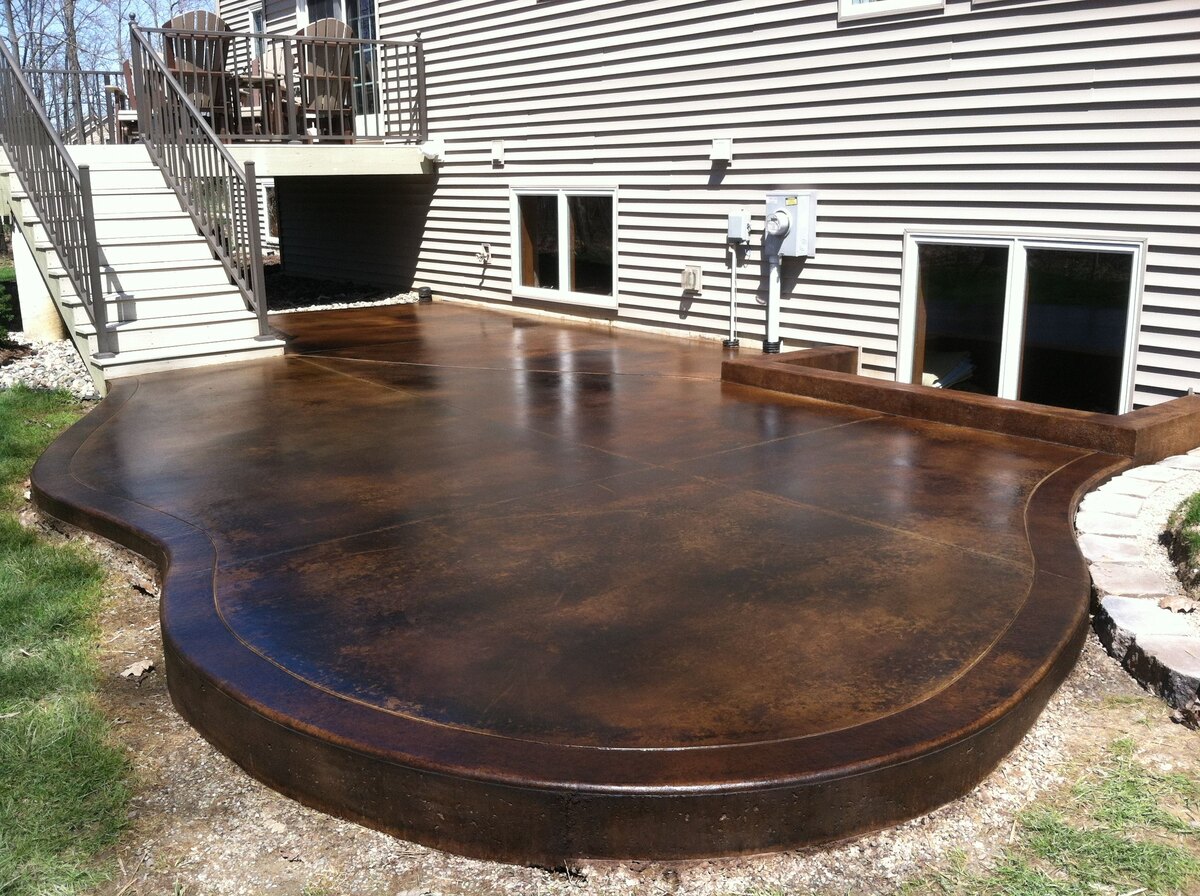
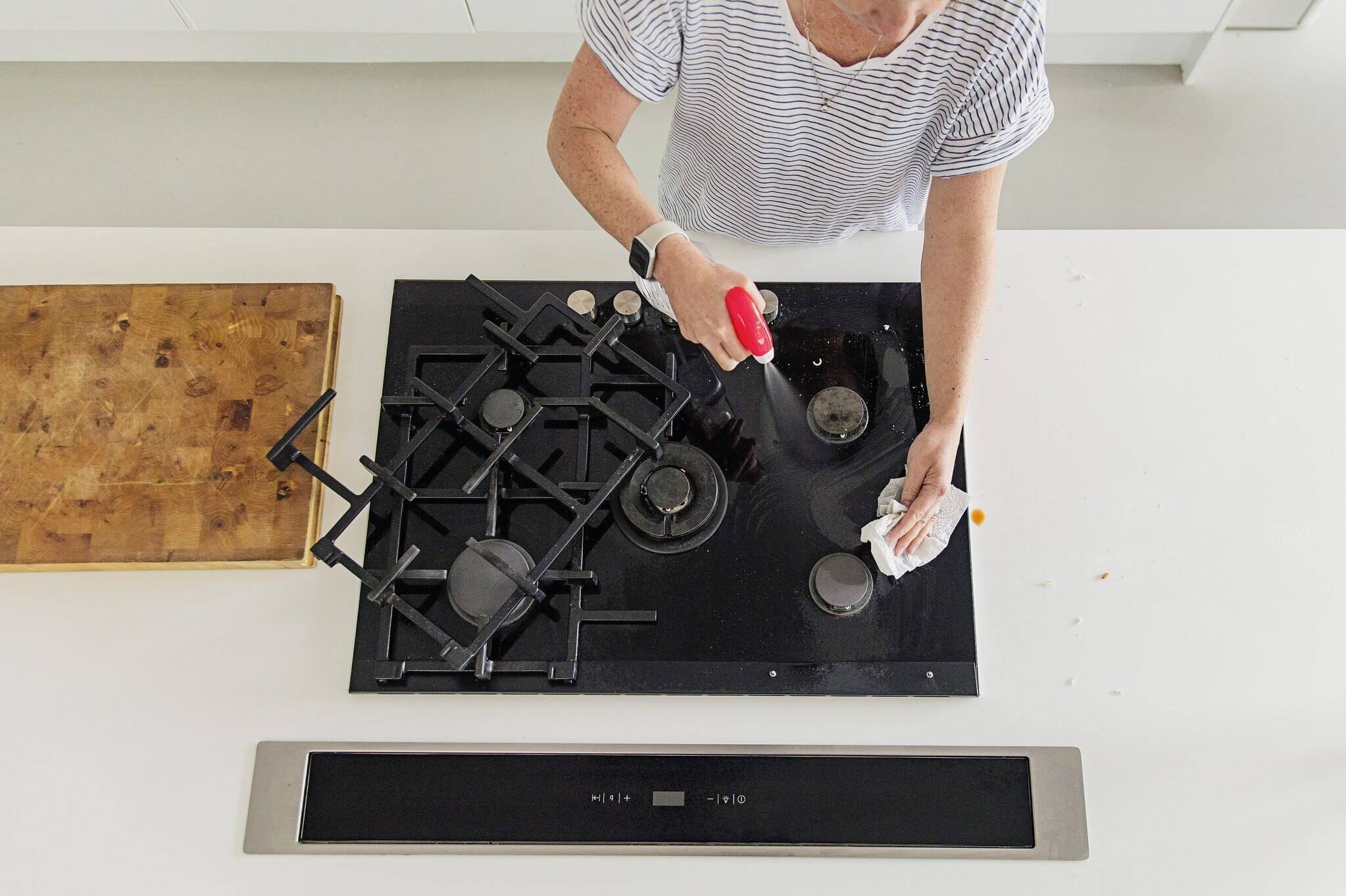
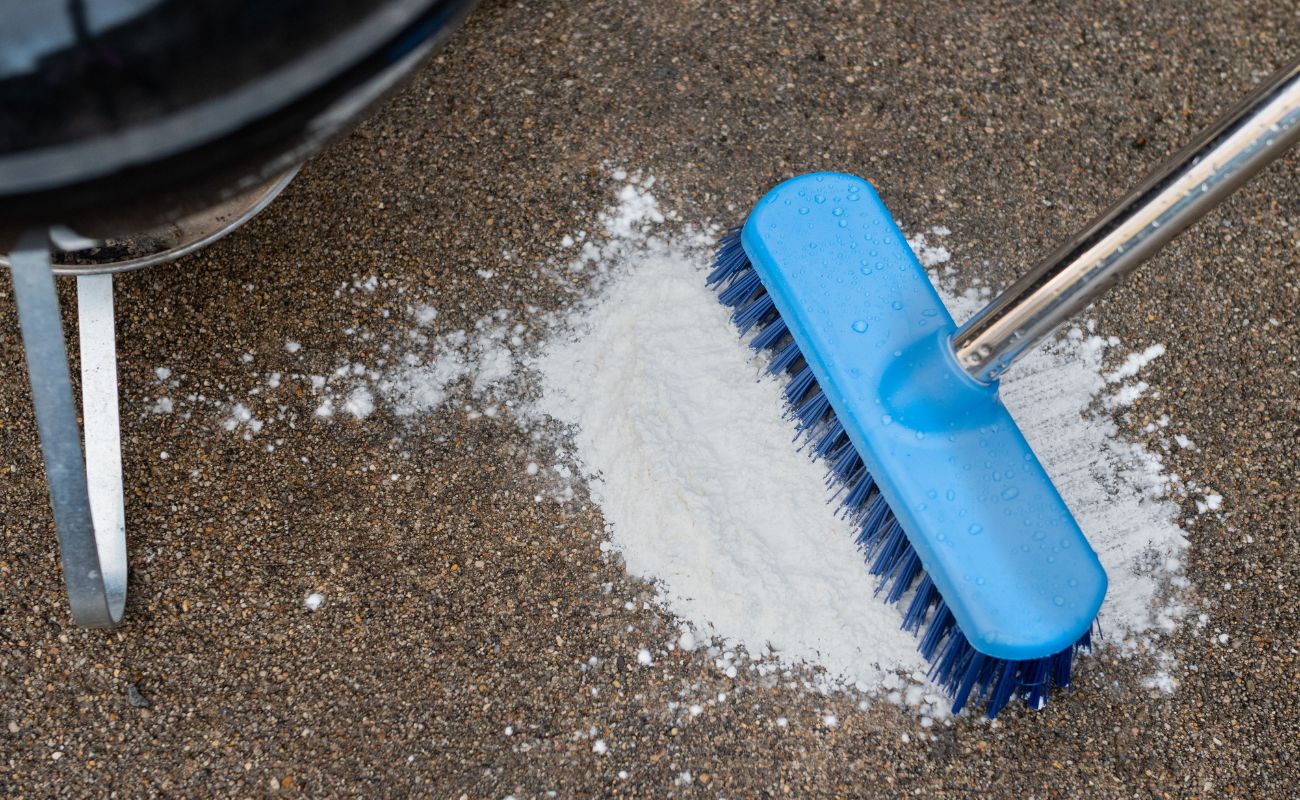

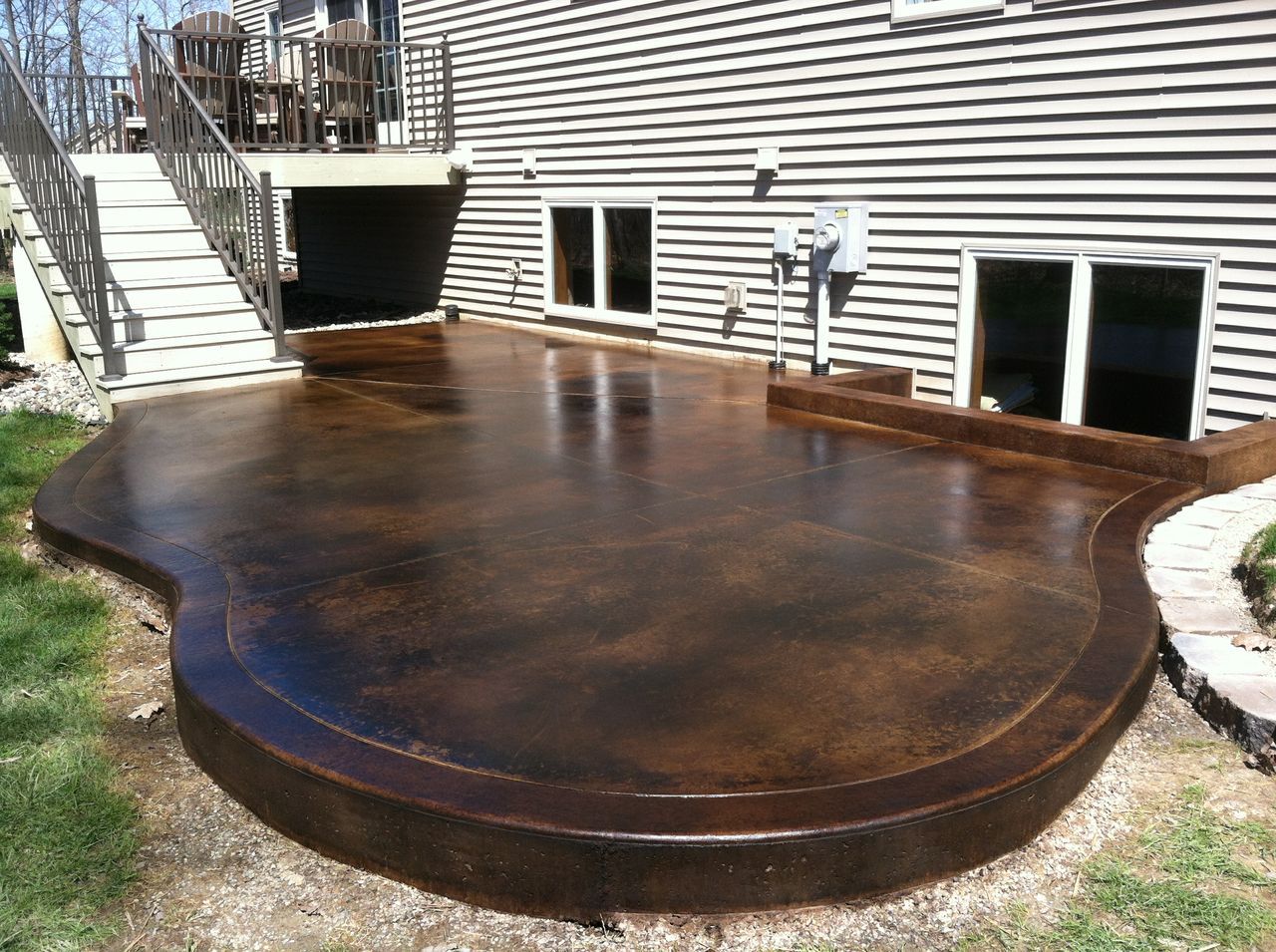
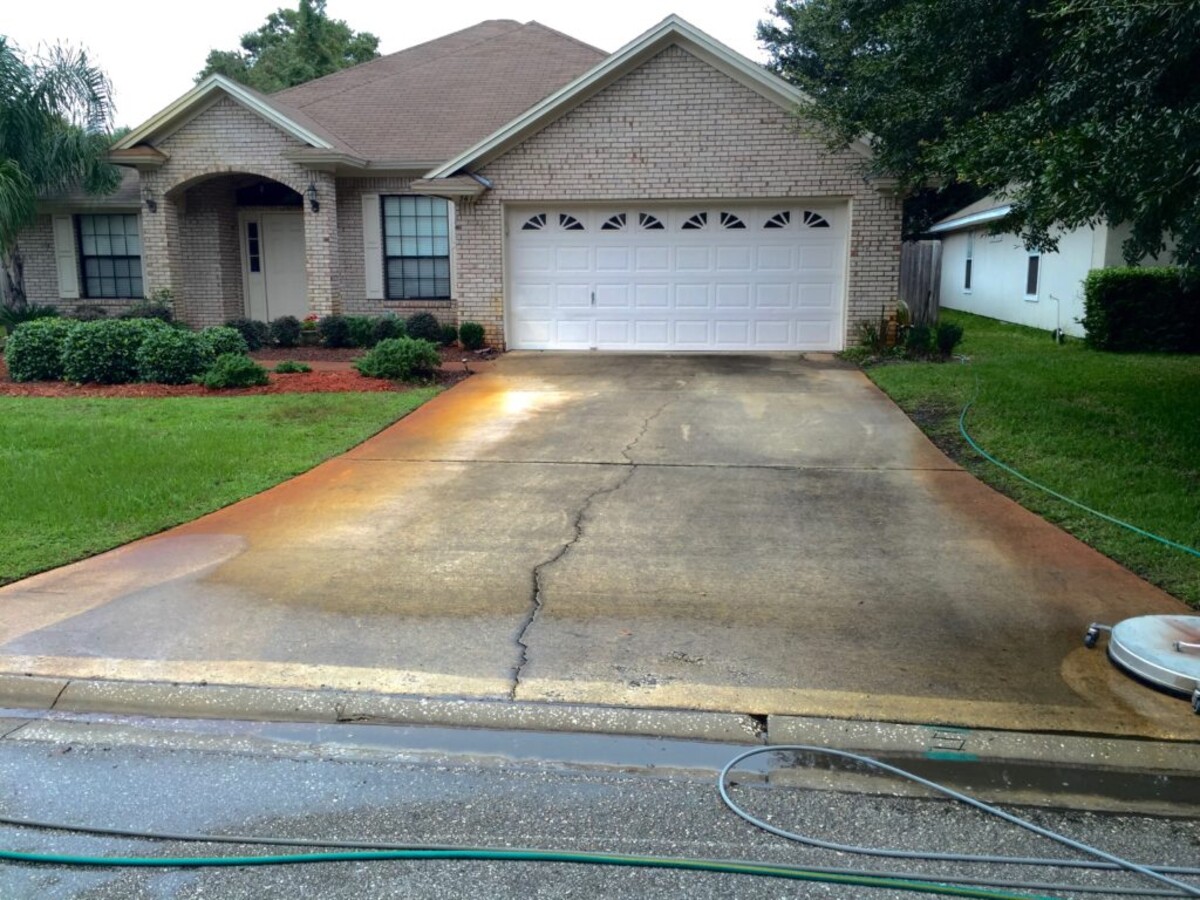

0 thoughts on “How To Clean A Concrete Patio To Remove Tough Stains”